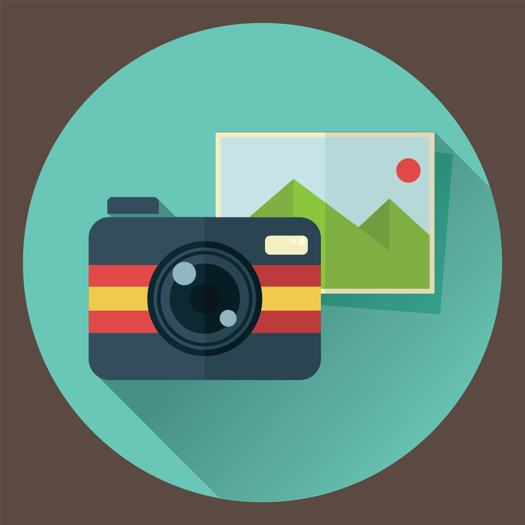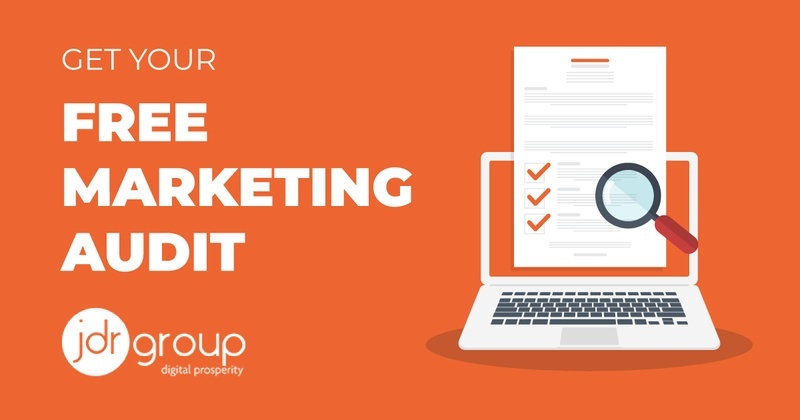SEO For Images: How To Optimise Your Photos, Logos & Infographics

Many people think that SEO only applies to the raw HTML code of webpages, but there are many ways you can use images to attract attention to your website. With a little practice you will be able to easily optimise your graphics for Google's ranking algorithm.
Start With The Filename
Google can't “see” the content of an image, so it has to rely on descriptions to rank them. This means that if you want images to be featured in a SERP, you need to use the file name to tell Google what the image is. The temptation exists to take the easy way out, and just post an image file directly to the web. But unfortunately this will prevent Google from ranking it according to its contents.
For example if you have a picture of Brazilian orchids, and you use a camera file name like:
- DSC1124
Google will have no idea that there are orchids in the image file. A file name like:
- rare-orchid-brazil-rainforest-photo
Will do a much better job of showing what the photo is of and ranking it according. This naming strategy is even more important for infographics, which will be sought out exclusively for their content. So if you have an infographic that describes the inflation cycle of the economy, use a descriptive title.
Something like:
- inflow
Is a poor way to title an infographic, whereas:
- inflation-economy-modern-cycle-money
Will help Google connect people with your infographic.
Getting The Tags Right
The alternative text, or “alt” tag, is another way to make sure Google knows what is happening in your image. Alt tags give Google a detailed description of what is contained in your images. The more specific the description, the better the chance that your image will rank highly in a related keyword search.
Original Content Gets Results
Image SEO is very similar to the rest of the Google universe, and that means original, quality content will get ranking priority. Practically this means creating your own graphics. Using stock pics from around the web is great for livening up your website; but it won't help you get noticed on Google. Making sure that your text and images present a consistent message should also help your ranking.
Format & Compression
Google really likes webpages that load quickly and reliably. This means that when you put images online, it is a good idea to make sure they are no larger than they need to be, and you use a format that will work well with browsers. The kind of file you should use will vary, but usually .jpgs are a good choice for photos, and .gif is good for other types of graphics.
Another way to drop the file size is by resizing the image dimensions. Most digital cameras produce file sizes that are optimised for print, and when it comes to the web they are far larger than they need to be. By reducing the overall size of your images for web optimization, your rankings should improve.
Images Can Make A Big Difference
Getting content to rank well in a Google SERP isn't a dark art. It all comes down to featuring great content that is well presented and will load quickly for internet users. If you are just starting out with SEO for Google, getting a professional opinion will help you to get up and running without wasting time and money. Proper SEO procedure will give your images the chance to connect with the people who want to find them and also help your website get noticed for what your company does best.


